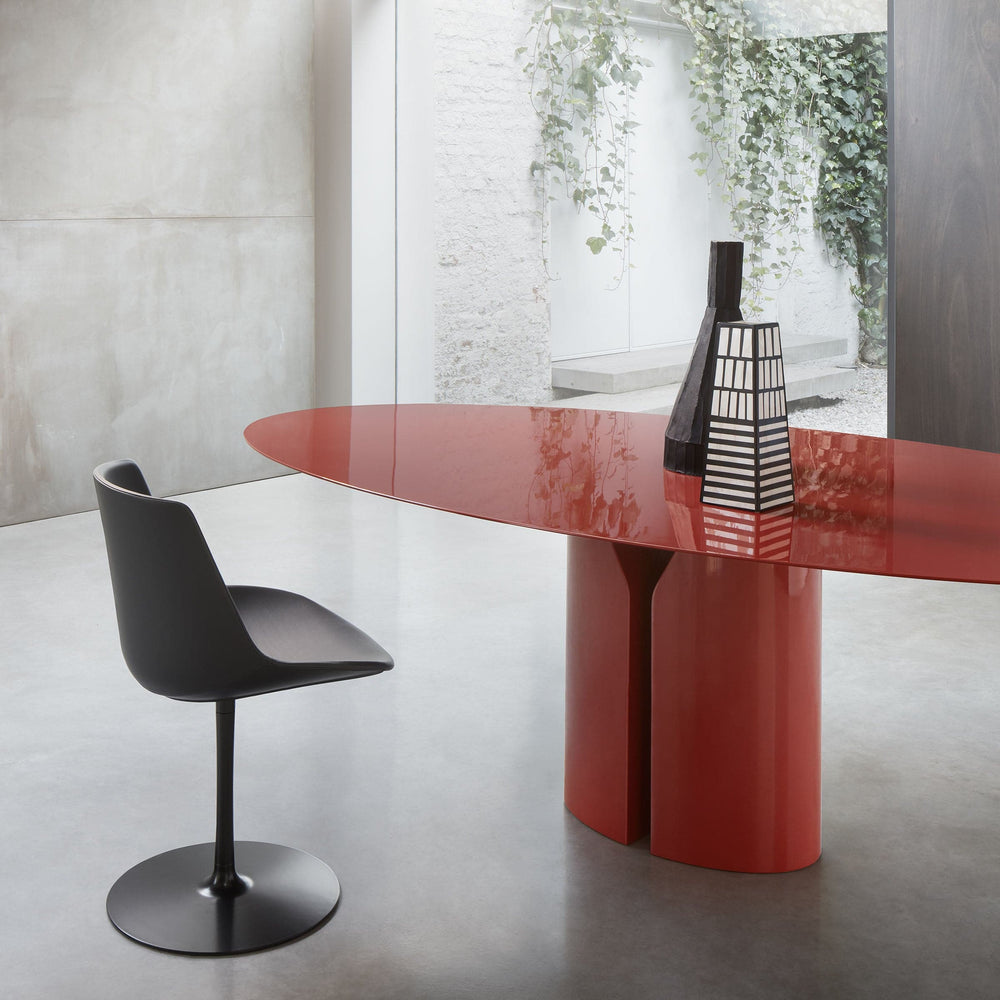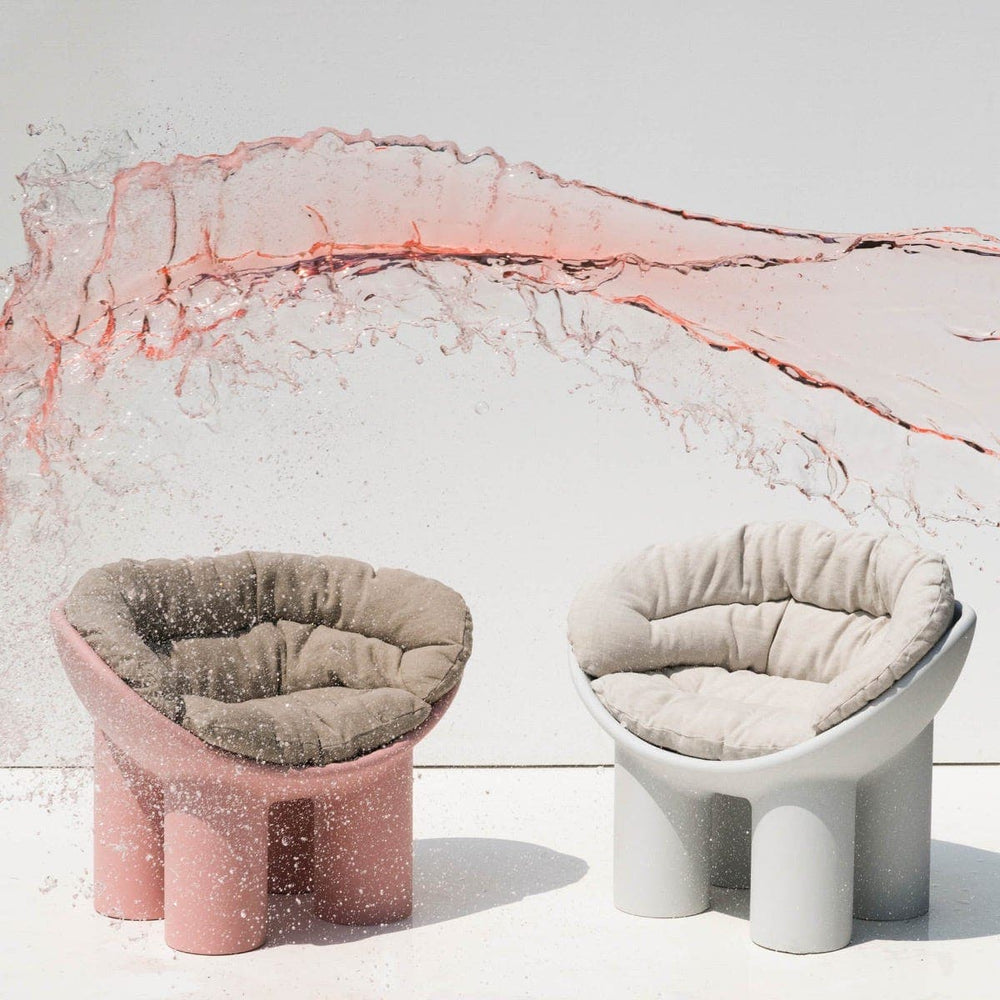Enrico Baleri Interviewed by Cristina Morozzi
Read Cristina Morozzi's interview with Enrico Baleri for Design Italy. The founder of Baleri Italia talks to us about today's design, entrepreneurship and the Cartoons screen.
Enrico Baleri is an architect, designer, entrepreneur and influencer, as well as the founder of Alias and Baleri Italia.
Since 2004 he has been leading his own Research Center, and he was the first to bet on the then young Philippe Starck, who later became an international design star.
He has published his memoir "Giuro" and is also present on Facebook with "Perline", a public diary followed by 3000 users where he debates the fate of design.
The pretext for talking to him in this interview is Cartoons, the screen in corrugated cardboard for packaging designed by Luigi Baroli. A true icon of design that has been part of the permanent collection of the Moma in New York since its inception.
C.M.
How did the idea for the Cartoons screen come about?
E.B
It came about by chance during the FuoriSalone in Cologne. I think it was January 1985 and we had taken a space for Baleri at the FuoriSalone in the tower of San Severin. It was a large space that needed dividers to display the products. I told Luigi Baroli to come up with something to divide up the space and recommended that it should be cheap.
C.M.
You've always been a design whipping boy in your Facebook diary "Perline". Tell us about its condition today.
E.B
Design is at the level where everything is today. There is no knowledge.
Everyone takes refuge in vintage because they think the old is beautiful. Without certainty, we follow fashions. Periodically, designers are exalted because they recall some masters of the past, as the Nendo group did, for example. They had a lucky period in Italy because they designed in the Fronzoni style, deforming it.
Fortunately, with Covid, design was not discussed. After all, just think that the best-selling product of Flos is the Arco lamp by Achille Castiglioni from 1962.
It would be necessary to hold workshops to explain extraordinary objects to young people. I see potential in the new generation. There is energy. I see beautiful things in accessories. There are companies that make interesting products with wood, but they have forgotten about ergonomics. Pleasure is the fundamental thing.
C.M.
You have been an innovative entrepreneur. What do you think of today's design industrialists?
E.B
When talking about industrial design, you have to keep in mind that the product must always be at the service of man. Not many entrepreneurs are able to transfer this rule. We must remember that the designer is the one who has the idea, while the entrepreneur is the depository of the company's identity and the one who’s capable of understanding whether a project is correct and coherent to enter the catalog of his collection. I believe that today there are many quality designers, including young ones, but that true entrepreneurs are disappearing to make room for managers, who are primarily concerned with turnover.
Baleri Italia’s Collection is available on Design Italy
















